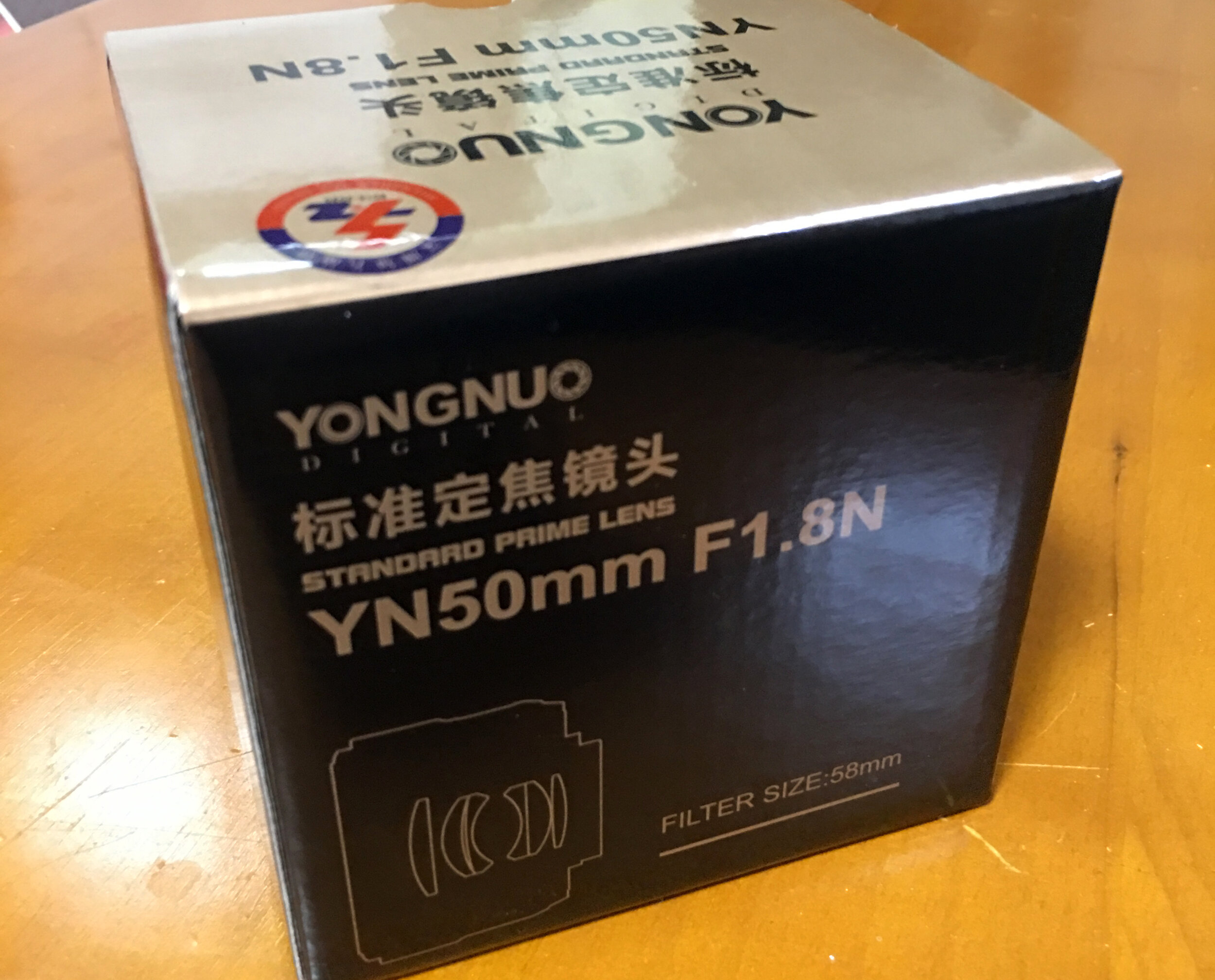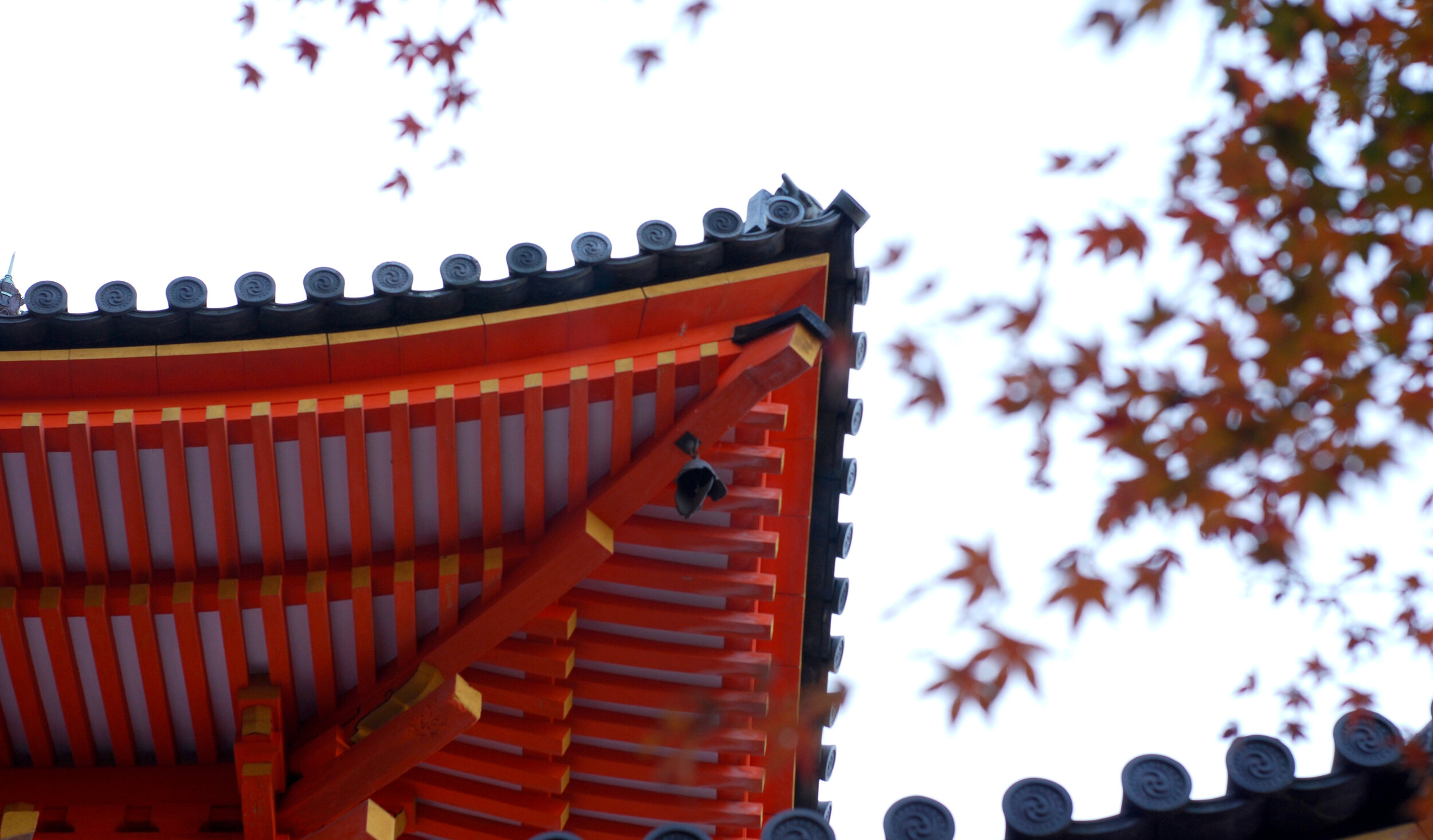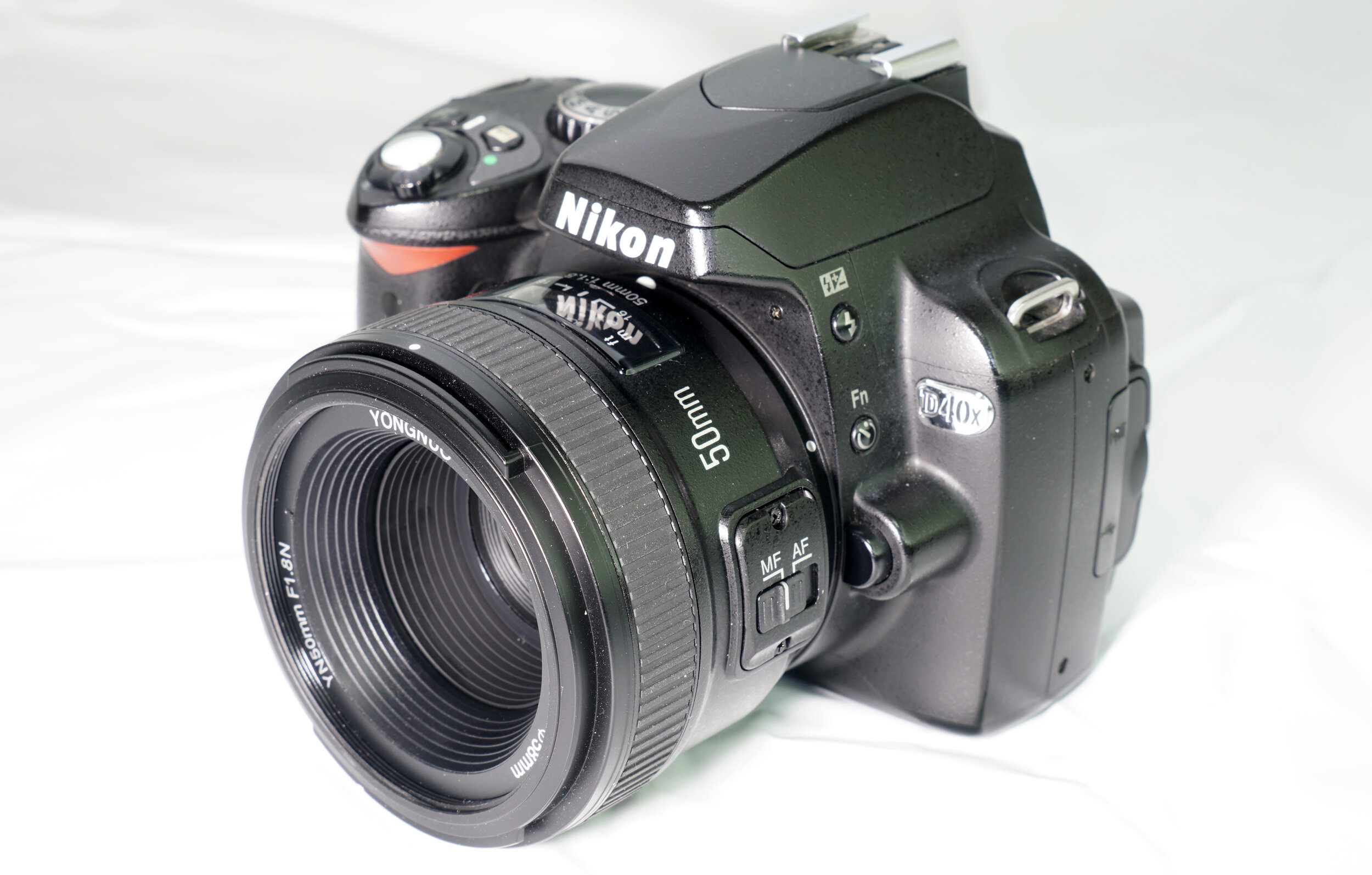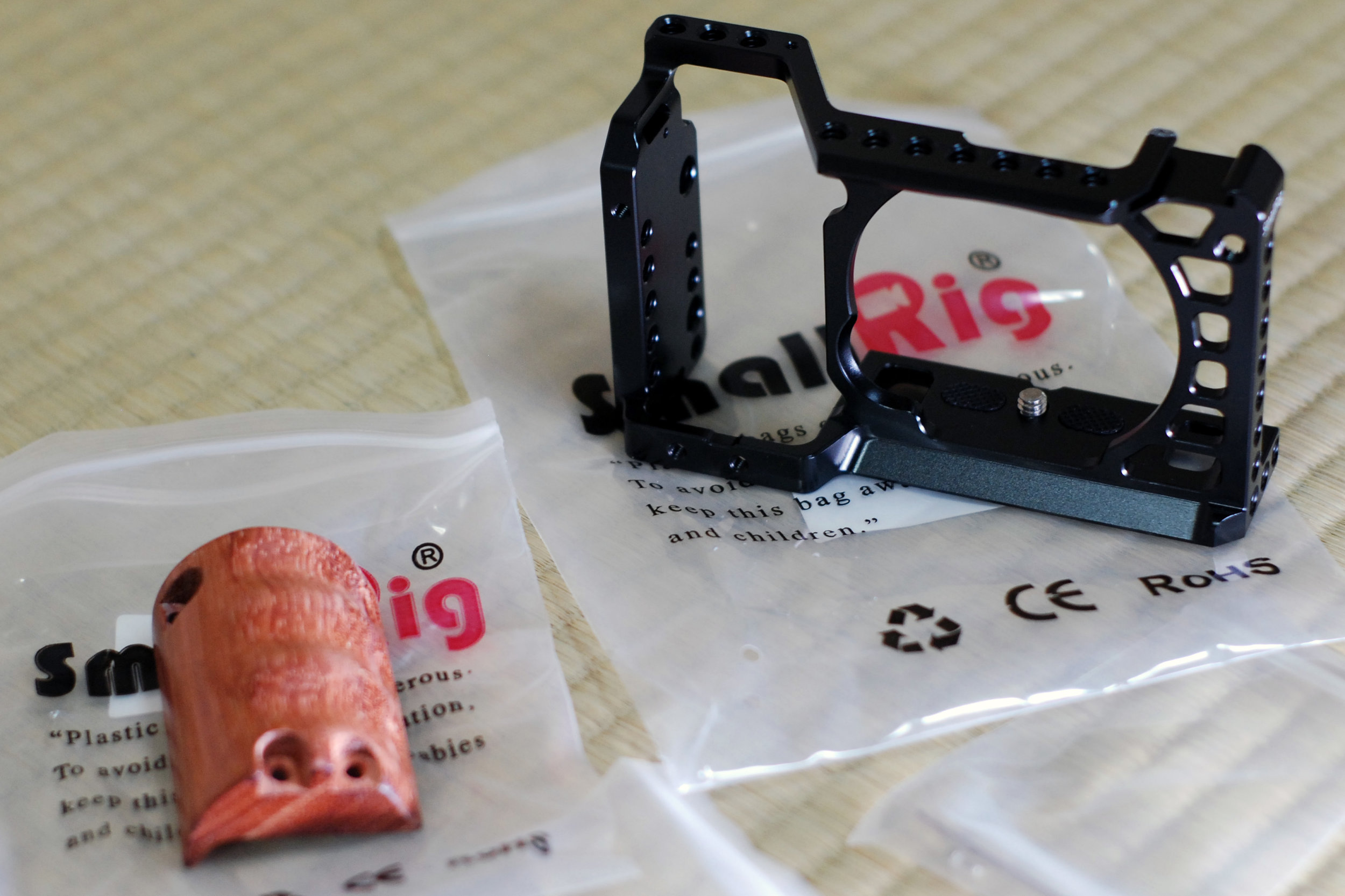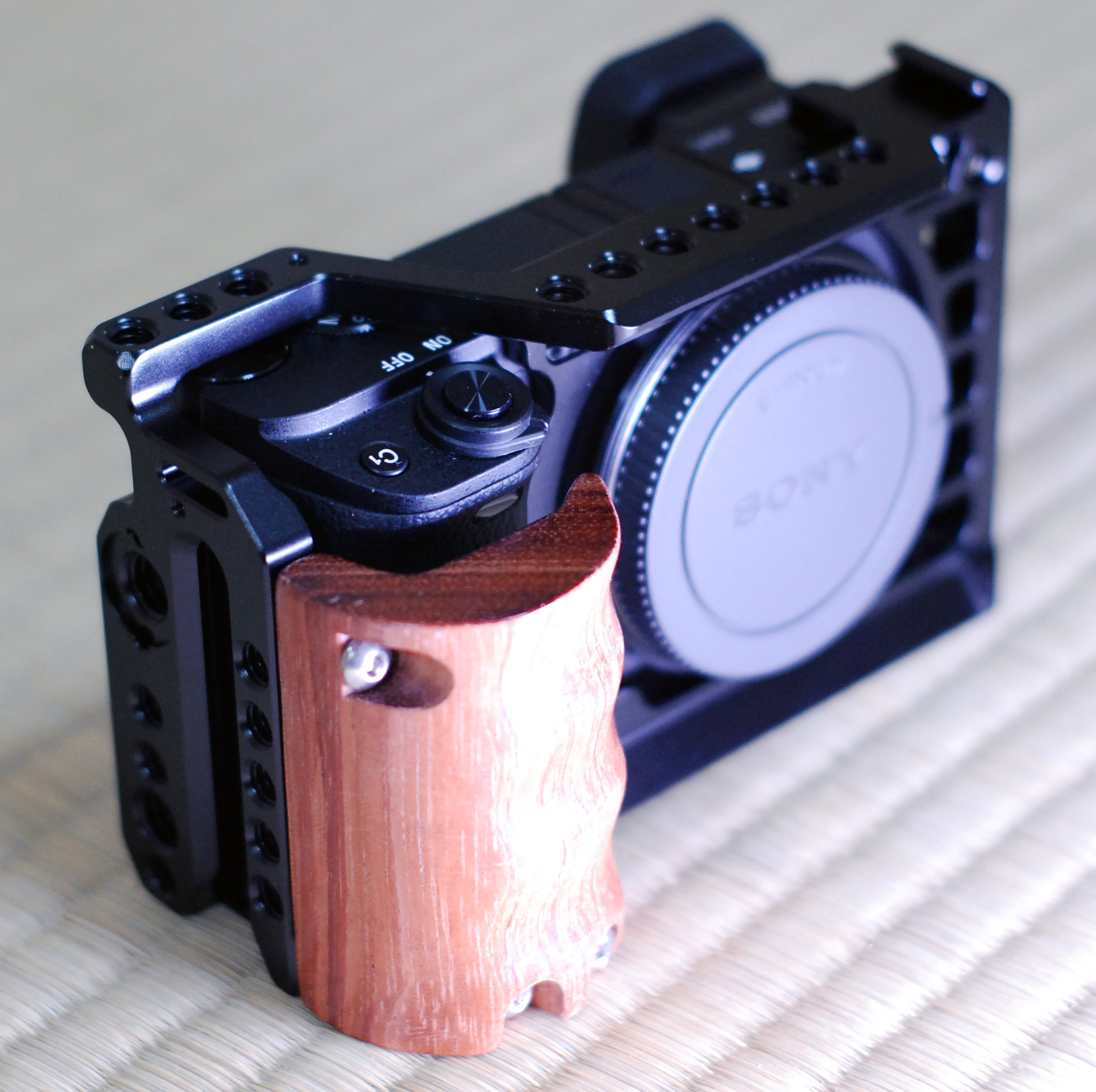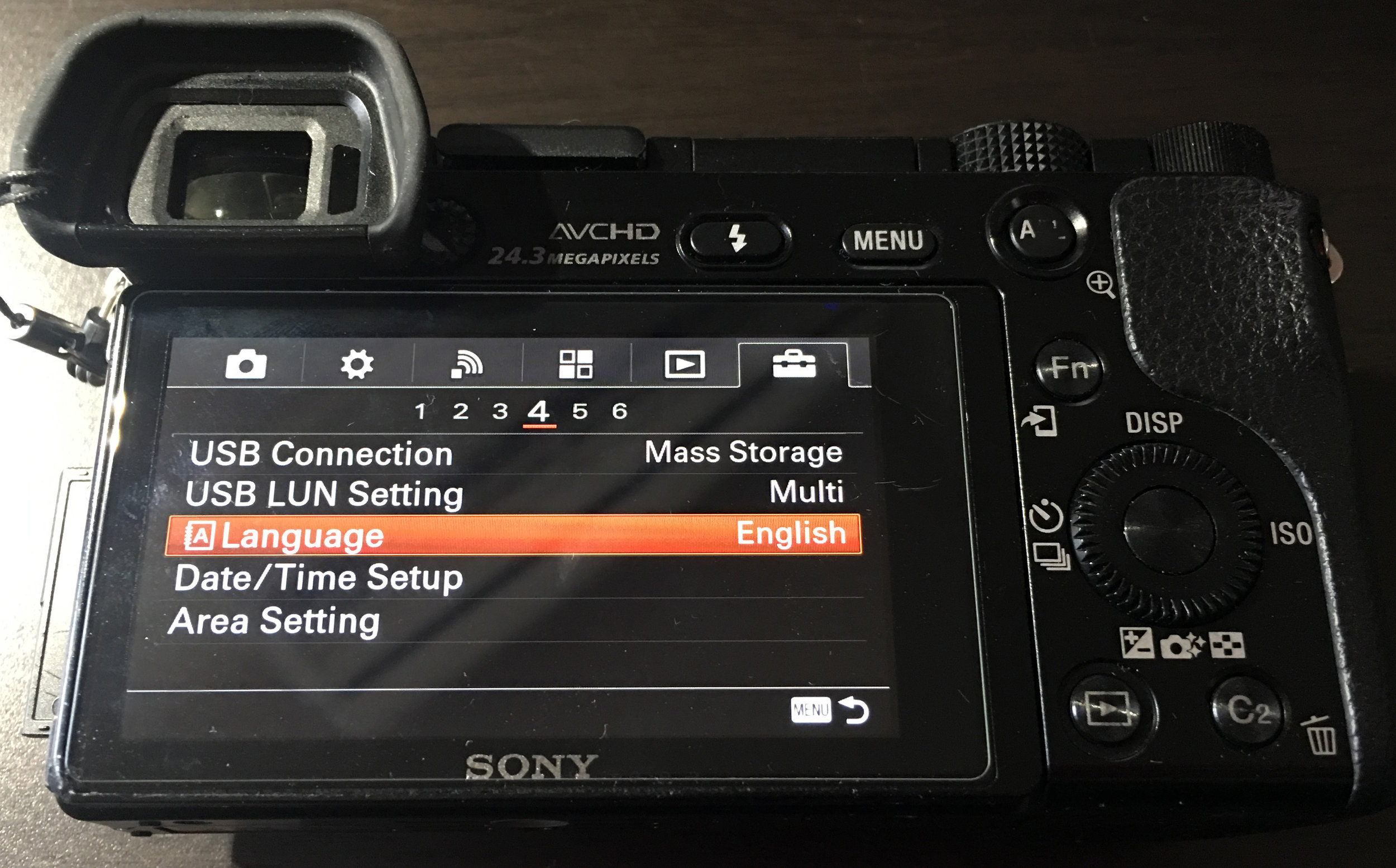[ Nikon D40x ] Yongnuo 50mm F1.8 F-Mount Prime Lens Review
Shortly before picking up my Sony cameras, I bought a cheap Yongnuo 50mm F1.8 lens off of Amazon. Having read a lot of the benefits of using fast prime lenses, I wanted to experiment with a cheap one before investing too much in a Sony E-mount-compatible prime lens which are much more expensive. At only about $65 USD, I had little to lose in the purchase.
If you’re interested in checking it out, you can find it here on Amazon.com or Amazon.co.jp
Design
For the price, I definitely had low expectations. The housing is fully plastic, but seems otherwise durable enough. The ring is a bit on the rough side, but is still more than acceptable for minor adjustments. The end of the lens is also 58mm threaded for covers and filters.
The AF / MF slider on the side makes it easy to decide when you need to switch between manual focus and autofocus...
Features
...which is one of the most surprising features about this lens: it really, seriously has autofocus! At this price, I would only expect manual adjustments, so this was a huge bonus. In reality, though, the autofocus is not actually very fast and definitely is not as accurate at focusing on subjects as the kit lenses. At times, it even seems to get confused and refuses to focus unless the shutter button is released and re-engaged. However, for ease-of-use in many situations, it does the job adequately.
The biggest drawback of the lens is that at any wide aperture opening, the infinity focus is miserable and cannot focus well at all, even manually. Mildly close objects more than a dozen meters away are blurry and uncrisp.
For such a cheap lens, the focused images actually look great. Here are a sample of some photos I took last fall with the lens.
At full F1.8 aperture opening, there is some chromatic aberration.
Stepped down to 2.8, though, and the results are still quite stunning.
The amount of light the camera gathers is pretty amazing, creating a gorgeous depth of field.
The background boke is quite lovely.
Conclusion
As expected at this price, this is not a serious lens for a serious photographer. For my amateurish needs, however, this $65 lens is a steal. It is a great addition for any beginner to play around with and get gorgeous shots with little effort.
After using the lens for a few weeks last fall, I found that the 50mm, while acceptable for portraits, was way too close for other work such as my food porn shots. This solidified my decision to pick up a 35mm as my next prime for my Sony bodies, look forward to a review next time.
This was my last accessory purchase for my Nikon, as just recently my old beast finally gave up the ghost. RIP…


